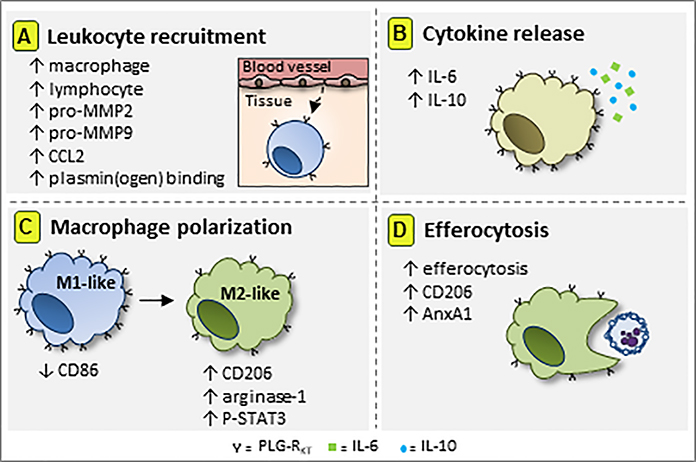Figure 2. Schematic representation of the role of Plg-RKT in innate immunity.
Plg-RKT receptor is required for macrophage and lymphocyte recruitment to inflammatory sites. (A) Mechanistically, this effect is mediated by plasmin(ogen) binding and activation via Plg-RKT, by the release of the monocyte chemoattractant CCL2 and by activation of the matrix metalloproteinases pro-MMP2 and pro-MMP-9. (B) Plg-RKT receptor increases the release of IL-6 and IL-10 cytokines. (C) Plg-RKT is preferentially expressed on M1-like macrophages, while during inflammation Plg-RKT decreases CD86 expression. In a similar way, Plg-RKT promotes expression of macrophage M2 markers and (D) enhances efferocytosis of apoptotic cells (4). This diagram has not been published previously.

